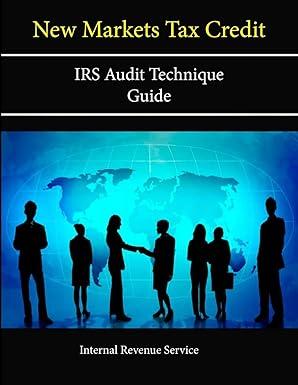


Problem 2 (3 points). For each of the following two arguments, please (a) translate the argument into logical notation, using the provided symbols, and then (b) prove by natural deduction the validity of the translated argument in a weakest normal system in which it is valid but for the first argument without assuming reflexivity and for the second argument without assuming transitivity. Each argument is worth 1.5 point (0.0 for the translation and 1.5 for the proof). 1. Argument 1 of Problem 2 of Problem Set #4. 2. Argument 2 of Problem 2 of Problem Set #4. 2. Necessarily, God is both omnipotent and necessarily both omniscient and free. Therefore: necessarily, either God is possibly not omnipotent or it is necessarily necessary that God is either free or not perfectly good. (P: God is omnipotent; S: God is omniscient; F: God is free; G: God is perfectly good.) nco 2.1.0 (P&D (587) 0*L PR 12.00 ANPVDA (FUNG)) 3. Bav OnP VOD (FV), 2 14. Ori 3 5. Ne von (Fra), I 3 6. &D (SXF), I 44 17.PL 8.0 (587).1 * 3 6 9. Novel 5 10.N 10 FVNG), I 5 4. DNB (Final, 1 10 112. Ira P 13. v(FVNG), 2 14. On (funa), 2 45.203 16. N(FUNG), 3 17. NE 3 4. N 3 19.112 120.202 121. 103 22.584,3 23. 24. E3 13. 14 14 16 16 4E 12,19 1520 8,21 22 22 Kevalid 6 Problem 2 (3 points). For each of the following two arguments, please (a) translate the argument into logical notation, using the provided symbols, and then (b) prove by natural deduction the validity of the translated argument in a weakest normal system in which it is valid but for the first argument without assuming reflexivity and for the second argument without assuming transitivity. Each argument is worth 1.5 point (0.0 for the translation and 1.5 for the proof). 1. Argument 1 of Problem 2 of Problem Set #4. 2. Argument 2 of Problem 2 of Problem Set #4. 2. Necessarily, God is both omnipotent and necessarily both omniscient and free. Therefore: necessarily, either God is possibly not omnipotent or it is necessarily necessary that God is either free or not perfectly good. (P: God is omnipotent; S: God is omniscient; F: God is free; G: God is perfectly good.) nco 2.1.0 (P&D (587) 0*L PR 12.00 ANPVDA (FUNG)) 3. Bav OnP VOD (FV), 2 14. Ori 3 5. Ne von (Fra), I 3 6. &D (SXF), I 44 17.PL 8.0 (587).1 * 3 6 9. Novel 5 10.N 10 FVNG), I 5 4. DNB (Final, 1 10 112. Ira P 13. v(FVNG), 2 14. On (funa), 2 45.203 16. N(FUNG), 3 17. NE 3 4. N 3 19.112 120.202 121. 103 22.584,3 23. 24. E3 13. 14 14 16 16 4E 12,19 1520 8,21 22 22 Kevalid 6









